High bay lighting in commercial facilities
A commercial-grade high bay light is designed for use in environments with undemanding operating conditions, such as those found in big box stores, retail outlets, auto showrooms, commercial warehouses, convention centers, exhibition venues, leisure centers, sports halls, and gymnasiums. Unlike industrial facilities that are often notoriously challenging to illuminate, these environments are generally absent of lighting challenges such as extreme ambient temperatures, dirty power, vibration from large machinery, high humidity, corrosive atmosphere, caustic chemicals, and dust.
Today, the high bay lighting market is witnessing a rapid switch from fluorescent and HID technologies to solid state lighting based on LED technology. The complex composition of LED lighting systems causes product design to sway in different directions. Commercial-grade high bay LED lights are a distinctive category of products that are designed with application-specific priorities.
LED technology opens up a completely new dimension
Commercial-grade high bay LED lights are an architectural solution for commercial interiors with high open ceilings. They’re not merely technical lighting fixtures, but also created to underline the desired character of the building. Commercial facilities such as big box retail operations and recreational centers demand a high energy efficiency lighting solution with a more refined design than traditional industrial looking high bays. The miniature size and solid state durability of LEDs lend luminaire designers the capability to advance beyond legacy form factors and create light fixtures with a dramatic blend of form and function. At the same time, these products provide energy savings beyond significantly improved source efficiency.
Conventional metal halide and fluorescent lamps lack directional lighting capability. The luminous flux of these omni-directional lamps may be difficult to be efficiently extracted and redirected into a more useful and uniform distribution. The directional light output and small package size of LEDs offer the opportunity to achieve a very high optical delivery efficiency with precision engineered secondary optics.
The semiconductor nature of LEDs makes it possible to integrate light fixtures into various lighting control systems which in turn adapts lighting to meet the specific needs of an application or environment. The ability to deliver the right amount of light on demand allows high bay LED lights to achieve a high lighting application efficiency (LAE), which translates to substantial additional energy savings.
Form and configuration
The wide variation in mounting heights, light distributions, cost targets, lumen packages, color characteristics, and environments with which high bay lights must be compatible and integrate leads to a proliferation of luminaire types and performance variants. Commercial-grade high bay LED lights come in linear or round forms and are configured as integrated or modular systems. The form and configuration of these systems are dictated by the application and tasks in the space and the physical characteristics of a building interior.
The ultimate value of a high bay LED light depends on the efficiency and reliability of the lighting system. These variables are further determined by different components of the lighting system, including the light source, driver and control components, the optical system, and the heat sink. The trade-offs between performance and cost inevitably become part of any luminaire design process. While it’s tremendously challenging to simultaneously achieve the performance and cost targets, the mild operating environments in commercial facilities are more tolerant of the use of lower cost high bay LED lights that have a narrow operating window.
Light source
Many of the performance variants that high bay lighting systems offer today involve the LED package metrics. Different luminous efficacies, lumen maintenance performances, color temperatures, color rendering accuracies, and lifespans depend on the design of LED packages and how they are integrated into the lighting system. Commercial-grade high bay LED lights thrive on the use of reflective SMD LEDs based on the plastic leaded chip carrier (PLCC) package platform. The high light extraction efficiency achieved with highly reflective housings and leadframes enable PLCC LED packages to obtain a source efficacy that is tremendously higher than other types of LED packages, which include ceramic substrate high power packages, chip-on-board (COB) packages, and chip scale packages (CSPs). When paired with high efficiency drivers and optics, high bay lights that utilize reflective SMD LED packages to create white light can have a luminaire efficacy of greater than 180 lm/W. The high efficacy can significantly shorten the payback period. Theoretically, this level of efficacy allows end-users to break even on their investment in two years.
There is a fundamental tradeoff between color quality and efficacy. Highly efficient LEDs have a light spectrum that is over-saturated in the blue and green spectral bands and deficient in key wavelengths critical to rendering the vivid colors. It is usually that vivid colors makes for a rich visual experience in many retail and recreational facilities. Complex and subtle coloration can only be appreciated under optical radiation with a balanced spectrum. Due to the Stokes loss and low eye sensitivity over the longer wavelength light, high color rendering and warm white LEDs have a considerably lower efficacy.
Polymer-based LEDs
While the theoretical payback time of LED luminaires that use high efficacy mid-power LEDs can be attractive enough to encourage a purchase, the package-related failure mechanisms of these reflective SMD LEDs make the design and engineering of an LED luminaire a serious challenge. The lumen maintenance of PLCC LED packages is highly temperature dependent. Fast package material deterioration under high temperatures can lead to a huge efficacy drop. The thermoplastic resin discolors at intense light levels or long operating times, which also accelerates lumen depreciation.
Unless the junction temperature of the plastic LED packages is kept below the specified maximum operating temperature under all drive and operating conditions, the short lifespan of an inadequately engineered LED luminaire will make its high initial efficacy meaningless. To delay the onset of lumen degradation and chromaticity shift under high operating temperatures, higher performance products incorporate EMC (epoxy molding compound) molded LED packages. EMC has improved thermal stability than conventional PPA and PCT materials. EMC molded LEDs are usually designed as Quad Flat No-leads (QFN) packages which provide a high efficiency thermal path to extract heat away from the active region of the LED.
Thermal management
Obviously, thermal management is vital to consistently efficient operation of all plastic LED packages. EMC molded LEDs are no exception because the thermal resistance of epoxy is limited. LED thermal management involves drive current control and heat dissipation. Low cost systems tend to use a small quantity of LEDs and drive them hard to achieve a high light output. In general, the higher the drive current, the greater the amount of heat is generated within the semiconductor packages. This in turn speeds up thermal degradation of package materials. Consequently, maintaining proper drive current is one of the essential aspects of thermal management.
Thermal engineering for LED luminaires focuses on improving the system’s ability to draw heat away from the LED junction. To keep junction temperature under control, the thermal resistance of the components along the entire thermal path must be reduced to ensure an easy heat flow. Commercial-grade high bay LED lights usually draw less than 250 watts of power. An effectively designed passive heat sink and the use of high thermal conductive MCPCBs and TIMs can handle the thermal load without relying on active thermal management. The primary concern is that heat sinks may be inadequately designed to lower the total system cost.
Optical design
Proper optical design is often just as important as thermal management. There can be significant additional energy savings through the use of secondary optics which can not only extract light efficiently from the light source but also distribute light uniformly for maximized fixture spacing. An effectively designed optical system can have an optical delivery efficiency of greater than 90%. The high optical system efficiency is usually achieved with lens arrays made from PMMA or polycarbonate. A lens array is molded with a plurality of lens elements which provide individual optical control for an SMD LED array.
A total internal reflection (TIR) lens array can produce precisely controlled optical distributions from narrow to wide with over 90% efficiency. LEDs are high flux density devices. Glare occurs as a result of excessively high luminances from the concentrated emitter. High bay lighting in commercial facilities should support the creation of positive experience and engaging environment by providing visually comfortable ambiances. Glare control is therefore an important part of optical design for commercial-grade high bay LED lights.
Line and load regulation
On the front end of high bay LED lights is the LED driver that converts alternating current (AC) line power in direct current (DC) power with electrical characteristics matched to those of the LED array. The conversion from rectified DC power to a predetermined magnitude of DC power is typically accomplished through a switch mode power supply (SMPS). The entire AC to DC power conversion process can be carried out using either a single-stage or two-stage topology.
A single-stage LED driver integrates PFC (power factor correction) and DC/DC conversion into a single circuit. A two-stage LED driver has a dedicated circuit performing active power factor correction and a following second stage for DC/DC constant current control. Single-stage drivers are popular for commercial applications because of their lower costs. Performing both the PFC and the DC/DC conversion functions in one integrated circuit can save 20-50% of the circuit parts count, size and cost, when compared with two-stage drivers. However, the single-stage topology has limited PFC ability, limited dimming range, high ripple current, vulnerability to overvoltage from surge events, and a narrow operating voltage range.
In general, single-stage LED drivers fit only into low wattage commercial lighting applications with quality AC mains. At higher power levels, single-stage topologies become impractical because of the high EMI signature and poor operating efficiency. At power levels above 100W, two-stage drivers deliver a better price/performance solution because of their efficiency, reliability and dimming performance.
Lighting control
The never-ending pursuit of efficiency drives the trend toward building dimming, sensing, intelligence and networking into commercial LED lighting systems to mine the energy savings potential of lighting controls. LEDs can be dimmed through constant current reduction (CCR) and pulse-width modulation (PWM). The 0-10V and 1-10V analogue protocols had been popular for dimming circuitry control in commercial applications. The evolution into harnessing the benefits of connected systems and the Internet of Things (IoT) calls for a move from analog lighting to digital lighting.
Through a wired or wireless communication protocol such as DALI, Bluetooth mesh or ZigBee, LED luminaires can be individually addressed, dimmed and configured. High-value contextually aware capabilities can be enabled when LED luminaires can communicate with its environment (by making use of data collected from occupancy or daylight sensors), local controllers, smartphones, or any combination of these.

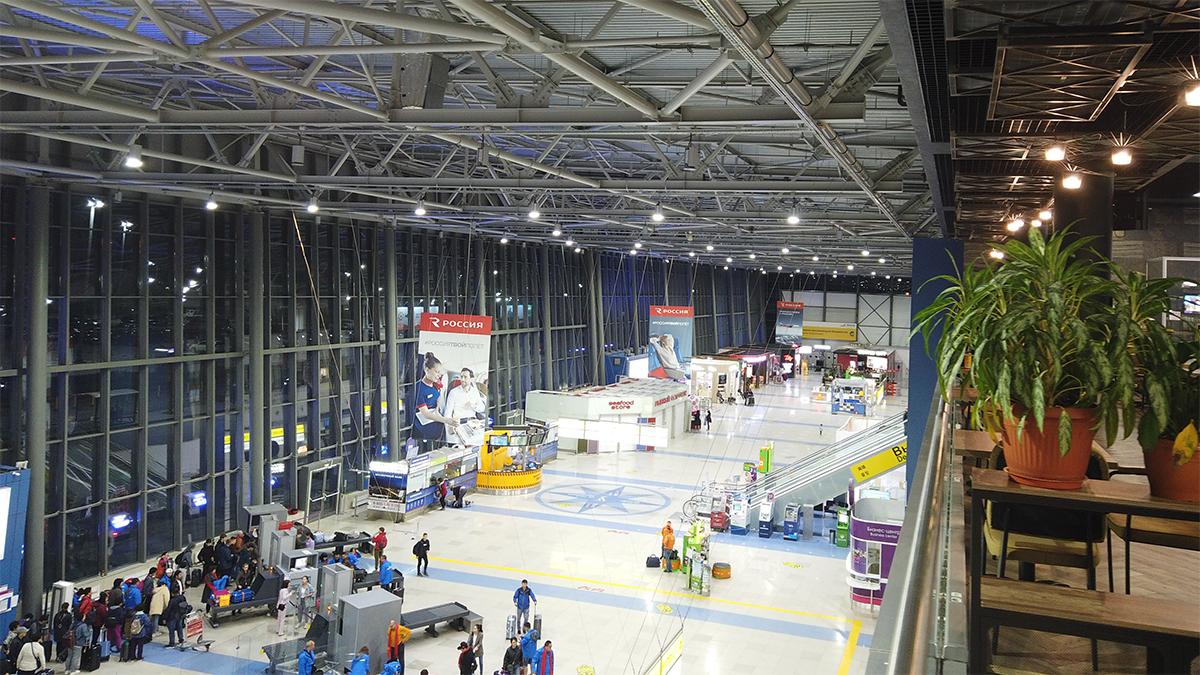


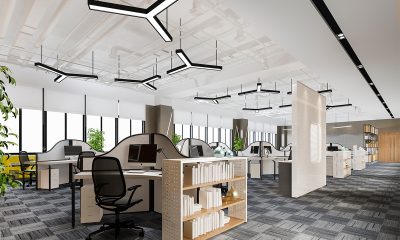
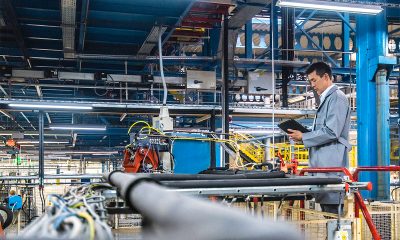
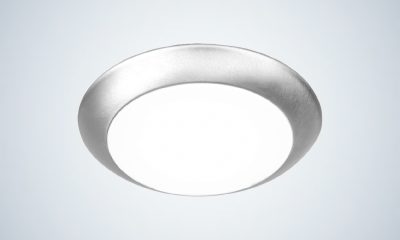

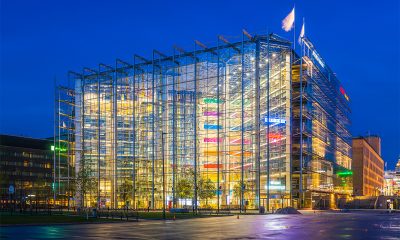

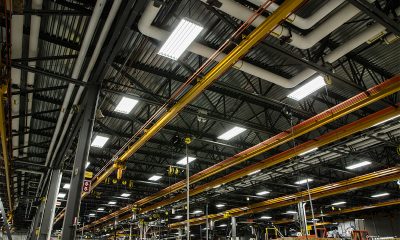
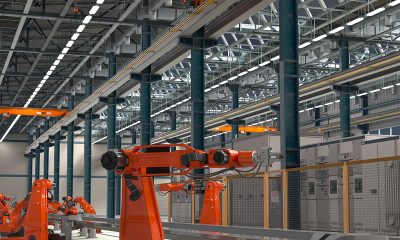
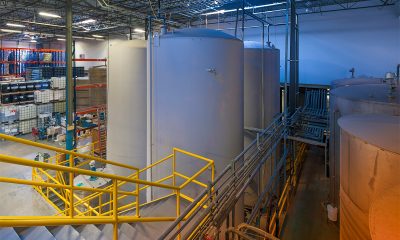
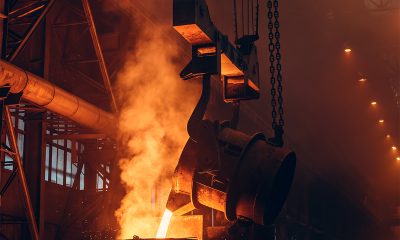





Loading...